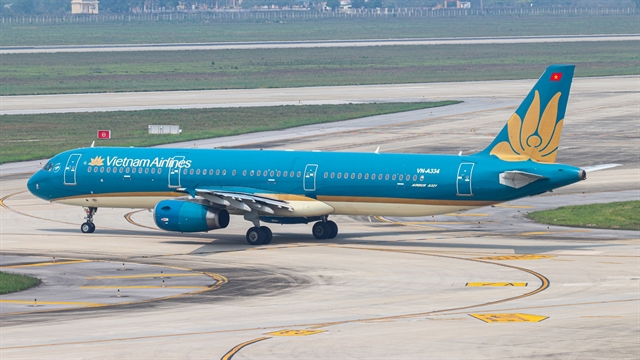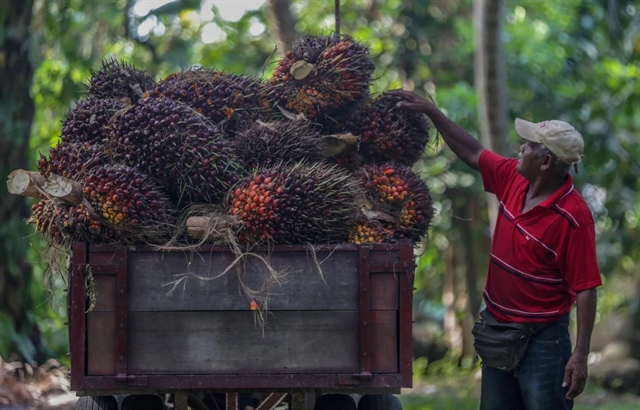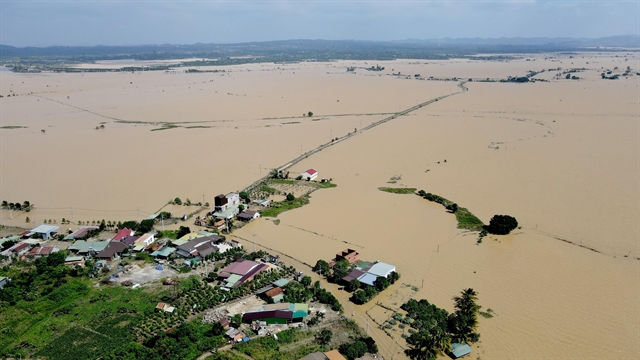 Society
Society

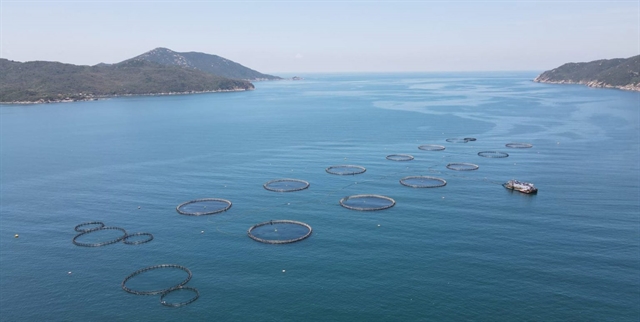
|
| Round cages made of high-density polyethylene help farmers in Kiên Giang Province adapt to weather and sea conditions. Photo nuoitrongthuysan.com.vn |
KIÊN GIANG — Aquaculture, one of Kiên Giang’s key economic sectors, has played a vital role in driving the province’s agricultural growth and socio-economic development.
It not only provides a stable source of income for local residents but also diversifies agricultural products, boosts exports, and strengthens both domestic and international food supply chains.
According to the Kiên Giang Department of Agriculture and Environment, aquaculture continues to be a sector of great potential and strategic importance.
Between 2020 and 2024, it recorded average annual growth of 3.7 per cent in area and 7.9 per cent in output, and the output of several farmed species increased substantially on average each year: 7.56 per cent for brackish water shrimp, 7.02 per cent for sea crabs, and 9.34 per cent for molluscs.
These made notable contributions to the province’s seafood processing and export sector, which reached US$230.5 million in 2024.
Kiên Giang’s total aquaculture area has reached 276,126 ha, fulfilling 85 per cent of this year’s target.
Of this, over 134,000 hectares are devoted to shrimp farming, with total harvested output exceeding 134,480 tonnes — up more than 25 per cent year-on-year, including over 50,170 tonnes of shrimp.
The province has set a target of 420,000 tonnes of farmed seafood in 2025, including 30,000 tonnes from offshore cage farming and 155,000 tonnes of shrimp.
Lê Hữu Toàn, director of the province Department of Agriculture and Environment, emphasised the need to restructure the aquaculture industry towards large-scale, high-quality production using modern technology to enhance productivity, value and competitiveness.
The province is also advancing sustainable and climate-resilient farming models in line with the national marine aquaculture development strategy.
Modern, high-tech shrimp farming methods such as semi-intensive and intensive systems, pond lining, multi-stage farming, biofloc technology, and closed-loop recirculation systems, have become common in the province.
In Giang Thành District, several high-tech shrimp farms have reported an increase in yields from 10–12 tonnes per hectare to 30–50 tonnes using semi-biofloc and biofloc systems.
These methods have improved water quality, reduced environmental risks, and boosted economic efficiency.
Kiên Giang has also strongly promoted the shrimp-rice farming model, which now covers around 106,000 ha.
It allows farmers to earn income from both shrimp and rice while enhancing soil quality and adapting to climate change.
It is concentrated in districts such as An Minh, An Biên, U Minh Thượng, Gò Quao, and Hòn Đất, where natural conditions favour the combination of shrimp farming and rice cultivation, delivering positive environmental and economic results.
Farmer Nguyễn Việt Anh of Thạnh Hòa Hamlet in An Minh District’s Đông Thạnh Commune said the shrimp-rice model reduces costs by using natural feed sources.
Its average shrimp yields are 300–350kg per hectare, and in some areas even 400–500kg.
Farmers typically stock shrimp at the start of the dry season and harvest after four to five months.
After harvesting, rice is sown to absorb the nutrients from the shrimp waste, promoting healthy plant growth and preserving the ecological balance.
In marine aquaculture, the province is shifting from traditional wooden cages to high-density polyethylene circular cages, which are highly durable and resistant to rough sea conditions.
So far, 69 HDPE cages with a capacity of around 3,531 cubic metres have been introduced with promising technical and financial outcomes.
This initiative supports the province’s strategy to expand offshore fish farming and attract larger-scale marine aquaculture investment.
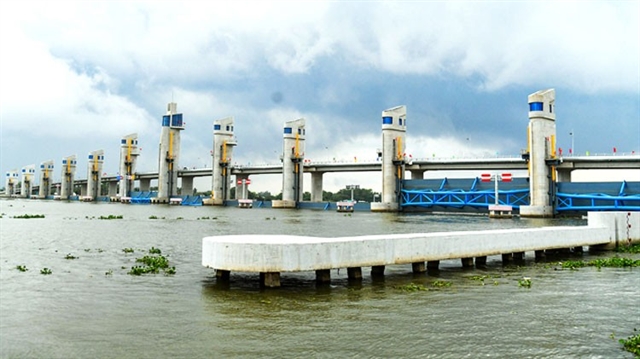
|
| An irrigation sluice project on the Cái Bé River in Kiên Giang Province's Châu Thành District. Photo nld.com.vn |
To enhance product quality and meet export standards, the province has promoted international certification.
Over 800 hectares owned by 259 farming households have been certified under Aquaculture Stewardship Council (ASC) standards.
This reduces environmental impacts, fosters sustainable practices, and boosts Kiên Giang seafood’s reputation in global markets.
But there are also challenges.
According to Lê Hữu Toàn, climate change, market instability, disease outbreaks, poor-quality brood stock, and underdeveloped infrastructure plague the aquaculture sector.
However, the province promises to address these issues through various solutions.
Key measures include continued investment in infrastructure — especially irrigation systems to manage water resources — and the development of climate-resilient farming areas.
Kiên Giang also helps farmers adopt advanced technologies, particularly for industrial shrimp farming, and scaling up sustainable models such as shrimp-rice and ecological shrimp farming.
It is fostering linkages between farmers, cooperatives and businesses to ensure stable product supply chains from production to export, adding value and reducing risks associated with price and market volatility.
Training programmes, technology transfer, food safety assurance, and traceability systems are being enhanced to support long-term export growth.
“With determination and strategic focus, Kiên Giang aims to achieve breakthroughs in aquaculture, increase product value and build a modern, sustainable sector that improves livelihoods, protects the environment, and aligns with its broader socio-economic development goals,” Toàn said. — VNS



